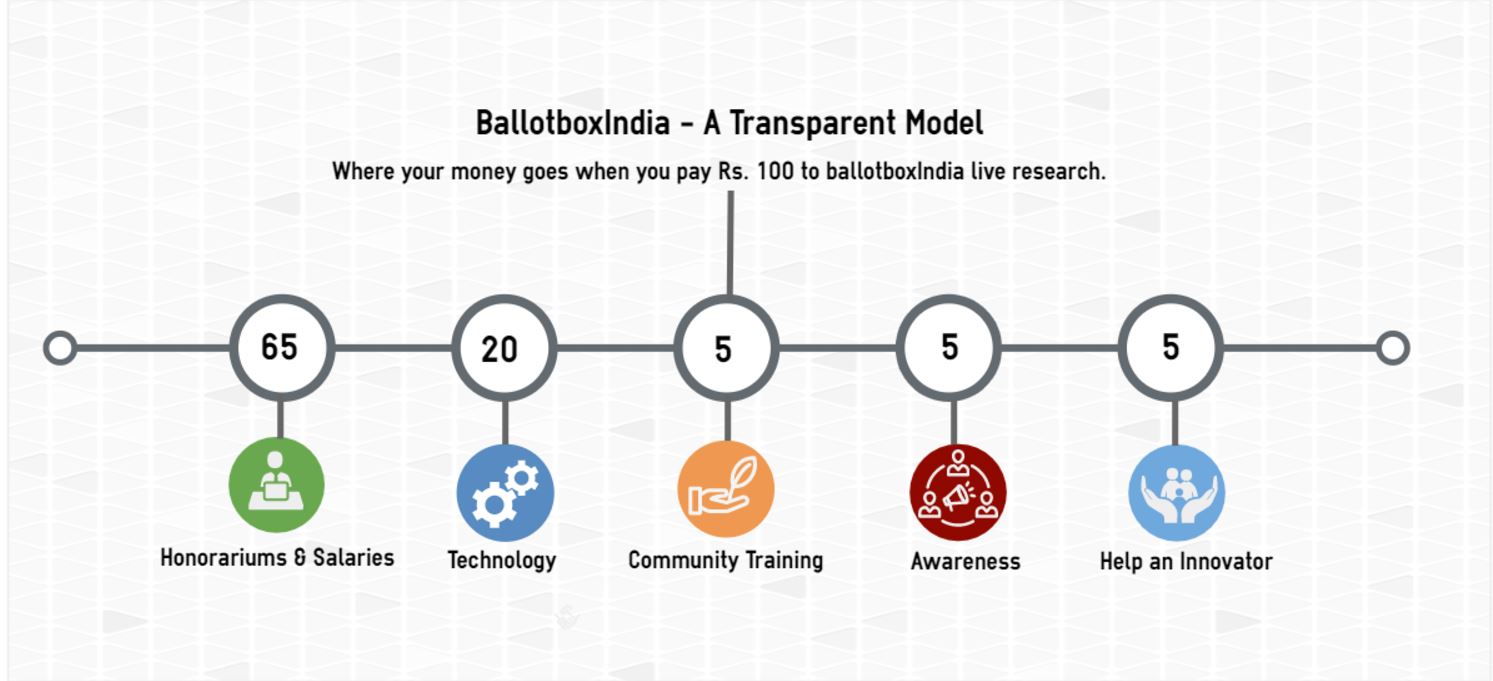A disaster , as per its very
definition is "a sudden accident or a natural catastrophe that causes
great material damage or loss of life." In layman terms, it is an
unforeseen crisis which can strike anytime and anywhere with its unfathomable
force. As a nation, we see major
disasters happening in our country repeatedly - Be it Coastal Tsunamis,
earthquakes, landslides, droughts, forest fires, communal riots- even
terrorist attacks. Though such disasters are best averted, generally it is very
difficult to predict one and therefore, stop it before happening. What a nation
can do, however, is to be ready with adequate preparations and tangible action
plans to manage a disaster - when it does happen.
For
example, we all know India is always on the Hit list of terror outfits. We also
know there are good guys out there (uniformed and non uniformed both government
machinery) protecting us day in and out with the help of
Local ,national and international intelligence agencies and state of the
art gadgets like the Spy camera put all over the state (a few thousands
of them..) Feeling protected?? ..yes! But look at the track record - In
2008 Mumbai attacks, a huge crisis mismanagement was exposed in terms of
handling the situation (commando operations in Taj took more than 20 hours to
start), handling the media (news channels live feeds were used by the
terrorists to track our commandos) , handling the injured (there was no
coordination between authorities and hospitals) and several other factors.
More recently, similar gaps were again exposed in Pathankot terror attack.
Looking
at another kind of disaster - every year we see flooded rivers wreaking havoc
in Himachal , Uttarakhand, Bihar and Bengal. If this happens every year, surely
we should have a PLAN to manage the situation better? But, every year we see
heavy casualties in terms of material and life - this happens again and again,
year after year.
So, do
we really learn from our mistakes? Do we really have a plan?
We filed an RTI with the ministry of health and Ministry of Home
asking a few questions about basic disaster management tools and
infrastructure :
1- Does
the government run any programme on mass casualty management in government run
institutions etc.
2- How
many functional, active and well equipped Emergency Response Centres (ERCs) are
present nationally.
3- How
many medical first respondents are registered nationally and how many actually
report for drills (from 2010-2015)
4- How
many volunteers are registered nationally and how many are active for these
disaster management programmes.
5- What
is the time gap between two given mock safety drills and who decides these
timelines.
What happened next is what we know the government institutions do
best - there was a lot of to-and-fro, responsibility shunting, and paperwork
with no direct answers. So much so, we were left wondering whether there is ANY
universal disaster management plan in place at all!
Below is the reply that we got from Ministry of Home affairs:
"Sir,
Please refer to your online RTI application Registration
No.MHOME/R/2OL5/63370/L dated 22.11.2015 and your application dated 22.11.2015
which was received in the office of the undersigned on 05.02.2016 on the above
subject.
2. The information sought by you is not available in the offices
of which the undersigned is CPIO. However, your application is being
transferred to CPIO, Ministry of Health and Family welfare, Nirman Bhawan New
Delhi, u/s 6 (3) of RTI Act, 2005 which may have the information.
3. The Appellate Authority in the matter is Shri M.A.Ganapathy,
Joint secretary (IS-I), MHA, North Block, New Delhi, Phone - 23092736, e-mail
ID -jsis@nic.in.
(Signed)
(S.K.Chhikara)
Deputy Secretary (IS-II)&CPIO
Phone-23092159
e-mail - chhikara.sk@nic.in"
Another reply that we got from Ministry of health :
“Sir,
Please
refer to your RTI application dated 22.17.2015 received through Ministry of Home
Affairs' letter dated 77.O2.2O16 regarding preparedness of Govt. institutions
at the time of emergency crisis.
02.
There is no information to provide under my jurisdiction relating to ME-I
section. The application is transferred to Shri Shikhar Ranjan, CPIO, Medical
Council of India u/s 6(3) of RTI Act, 2005 for providing information, if any,
to you direct.
03. If
you are not satisfied with the reply, an appeal can be made to Shri Devesh
Deval,DS(ME) as Appellate Authority, Ministry of Health and Family Welfare,
Room No. 246-A,Nirman Bhawan, New Delhi within 30 days.
Yours
faithfully,
(Signed)
(D.V.K
Rao)
CPIO & Under Secretary to the Govt. of India“
Our observation – Consequently,
the RTI was transferred to individual Government Hospitals which had their
own definitions and rules to understand and implement disaster/crisis
management. We got
some very insightful answers from different PIO’s/CPIO’s. Do check the
comments section for updates on these answers.
Now, why we need answers to the above and how important they are
to our safety:
A catastrophe of any kind but big magnitude overlooks the most
important factors - huge amount of chaos , fear psychosis ,
disorientation and mismanagement - which totally shatters the back
bone of the government machinery and their efforts to bring back
normalcy. Meanwhile the authorities slug it out within themselves, hapless
victims die or suffer. For some the loss would be irreparable.
Who can forget Mumbai’s 26/11 carnage. We were just not
ready for something like that (despite several intelligence warnings) Why?
Because it was not deemed important. Now we know we are not ready even if
it’s another manmade disaster like the Kolkata flyover collapse or Kerala
temple fire, National Museum charred to nothingness, or the uncontrollable
massive jungle fires of Uttarakhand which renders us so helpless ,
So we Need a plan B and plan C in place if calamity strikes. When the injured
are in hundreds or even thousands, just sending a team of 20 doctors from Delhi
just doesn’t solve the purpose.
We aim
to understand, thru our RTI – whether the government machinery has its plan B
ready, in case yet another disaster strikes.
We aim
to know whether we have relevant Disaster Management teams in place, comprising
of expert professionals and committed and practiced local volunteers
- who can be there at short notice and in large numbers, supported by
impeccable management and coordination tools of the Local Administration. Such
arrangements need a lot of coordination and practice apart from detailed
planning (and not only on papers!)
Also, it is not that only the
government is responsible for an effective disaster management. We, on an
individual level, also have to act as positive enablers of successful crisis
management. Some pointers below:
1) First things first: a) One needs to be vigil in crowded places and must know when to sound an alert (with caution), and when to move away from danger, first save ourselves and then others if possible. b) And one needs to call the emergency phone lines /authorities as well as caution others except the law enforcement agency(s) from surrounding / going into the danger zone as there are many curious onlookers out there doing exactly that.. Not giving way..which definitely doesn’t help others.
2)
Basic understanding of disasters - their aftermath and immediate
steps which need to be taken to avert / control further damage (and save lives
and property ) - Therefore helping in preserving the economy ,population and
sustained development of our country.
3)
If one really intends to
help: Look for injured and bring them to safety. However , be careful in
handling injured people - Major emphasis should be on : Taking extra caution
and care of head and spine injuries , Unconscious subjects , kids, elderly
,specially abled and pregnant women. Try to call medical helplines and
authorities or get someone else to do it.
4)
Not to jam phone lines (UNLESS VERY IMPORTANT) by calling
everyone. Instead, one should use SMS to communicate, or update Status on
common social media and mark them safe.
5)
Make some space around the injured and let the medical emergency
teams take over. Discourage people from hovering around and making noises as it
may make things difficult for the cared for and the care givers both.
OBJECTIVES OF DISASTER MANAGEMENT PLAN:
1) To safeguard people in the vicinity.
2) To
prevent loss of life and minimize the risk of bodily injury to people affected.
3) To stop
/ minimize damage to property and /or environment.
4) To
inform general public and the authority (s) on the hazards /risks assessed,
safeguards provided and the role to be played (individually, logistically,
administratively etc) during emergency situations. Remember the adage - KNOWLEDGE
IS POWER.
5) To
ensure proper procedures and protocols are followed and coordination between
various institutions /agencies is practiced thoroughly to save lives, time and
further damage during any emergency situation.
6) A
Disaster management Plan is the blue print of emergency planning or
preparedness to react/respond to a number of foreseeable emergencies, which may
contain the loss of life and property.
7) This
plan provides the fundamental criteria to develop, implement, assess, and
maintain the program for prevention, mitigation, preparedness, response,
continuity and recovery.
8) This
plan provides better coordination with district administration, local relief
workers and agency (s) and government bodies.
So let’s join hands and make our country a safer place to live, by
joining disaster management plans, bringing in efficiency in disaster
Management processes and do our part. When we join and practice ,the
authorities can be held accountable and forced to put the house in order -
therefore saving the nation from paying hefty price for the ill
preparedness of a few.
 tag on profile.
tag on profile.




